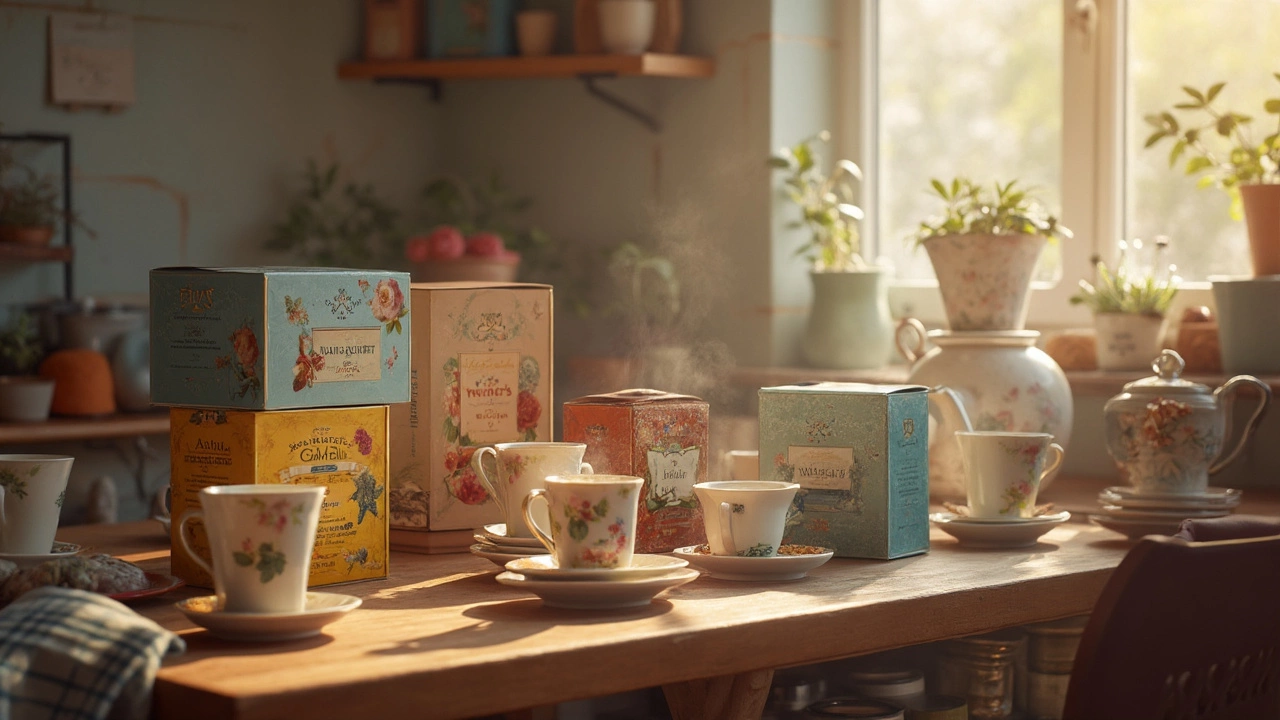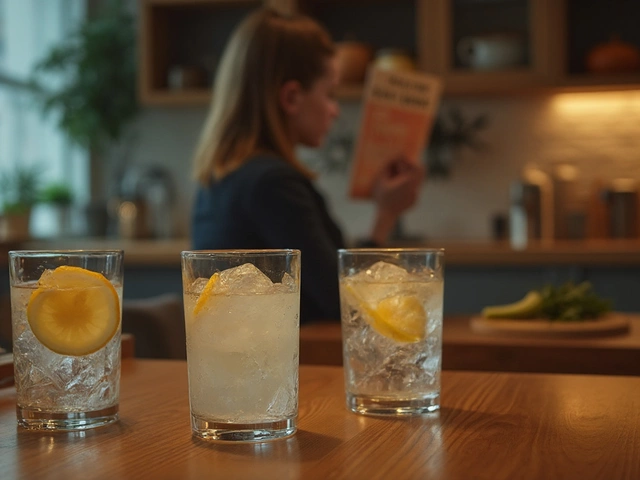World Teas – A Quick Guide to Global Tea Varieties
If you love a good cuppa, chances are you’ve already tried a few teas from abroad. From the smoky hills of Lapsang Souchong to the bright, citrusy notes of Kenyan black tea, the world is full of flavors that can surprise your palate. In this guide we’ll walk through the most talked‑about teas, give you simple brewing rules, and share a few pairing ideas that work every time.
Top Tea Types You Should Know
Green tea – The classic Japanese sencha or Chinese longjing are the go‑to greens for most drinkers. They need water that’s just off the boil (around 175°F) and a short steep of 1–2 minutes. Too hot water or a long brew makes them bitter.
Black tea – Think Assam, Darjeeling, or English Breakfast. These teas thrive on boiling water (212°F) and a 3–5 minute steep. They’re perfect for milk and a splash of honey.
Oolong – A middle ground between green and black, oolong can be light and floral or rich and toasty. Aim for 190°F water and 2–4 minutes. A small sip reveals the complexity.
Pu‑erh – This fermented tea from Yunnan has earthy, sometimes musty notes. Use boiling water and a 3‑minute steep, then taste. You’ll notice a mellow depth that improves with age.
Herbal & tisanes – Rooibos, hibiscus, and chamomile aren’t true teas but they bring unique flavors. They need boiling water and a longer steep (5‑7 minutes). No caffeine, so you can sip them any time.
Practical Tips for Tasting and Storing
When you’re tasting a new tea, write down the aroma, taste, and mouthfeel. A quick cheat sheet helps you compare: is it sweet, bitter, astringent, or smooth? Pour a small amount into a glass cup so you can see the color – it often hints at oxidation level.
Store your teas in airtight containers away from light, heat, and strong smells. Green teas love cool, dark spots, while black teas are more forgiving. If you buy in bulk, split the stash: one jar for daily use, another sealed bag for long‑term storage.
Don’t be afraid to experiment with water hardness. Soft water brings out delicate flavors in green tea, while harder water can give black tea a richer body. If your tap water is very hard, try filtered or bottled water for a cleaner taste.
Pairings are easy: a malty Assam goes great with a hearty breakfast, a floral Darjeeling shines with light pastries, and a smoky Lapsang Souchong pairs well with grilled cheese. For herbal teas, try rooibos with chocolate or hibiscus with a slice of orange.
Finally, remember that brewing time is flexible. If a tea feels too strong, simply add a splash of cool water to soften it. The goal is to enjoy the drink, not to follow a rulebook.
Whether you’re a seasoned tea geek or just curious about world teas, these basics give you a solid foundation. Grab a tin, follow the tips, and let your taste buds travel the globe one sip at a time.
Choosing the best tea brand in the world feels like picking a single star in the night sky. This article breaks down what separates true tea legends from the rest, focusing on taste, history, and trust. You'll discover which brands real tea lovers trust, plus how to spot the real deal. Get practical tips on what really matters for your next cup. This is all about making your tea moments better, one sip at a time.
View Details

